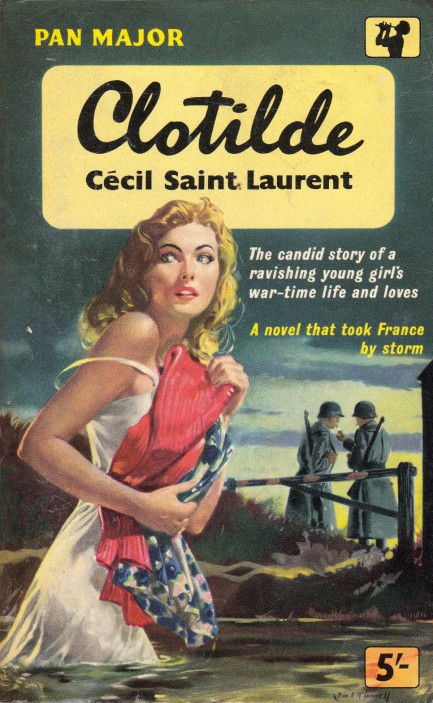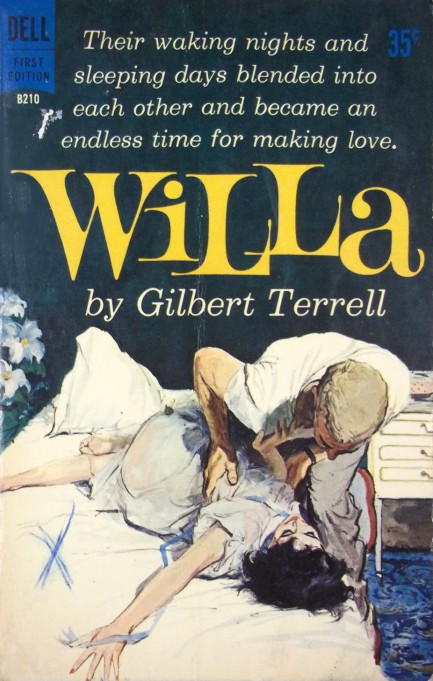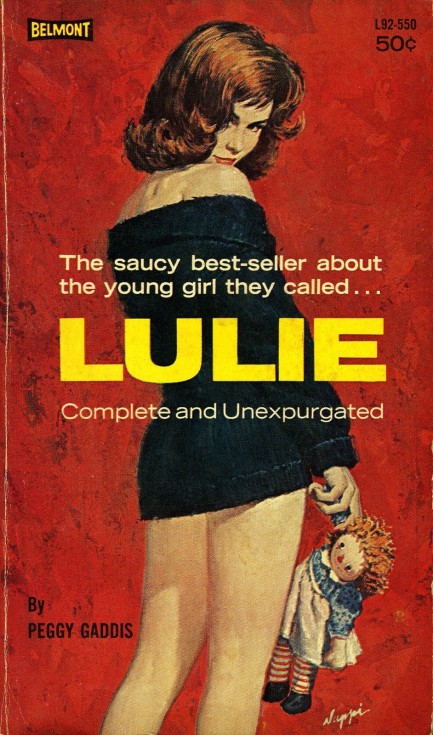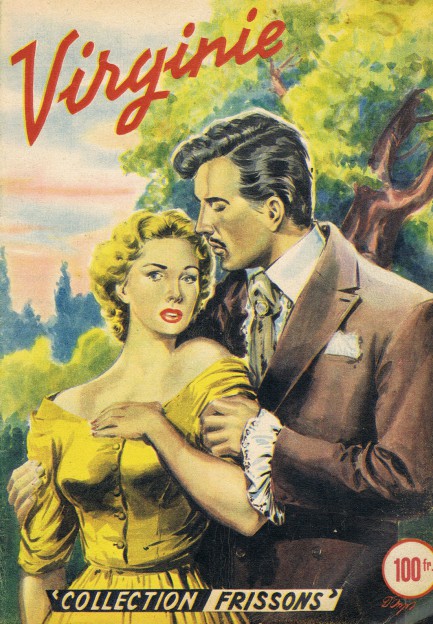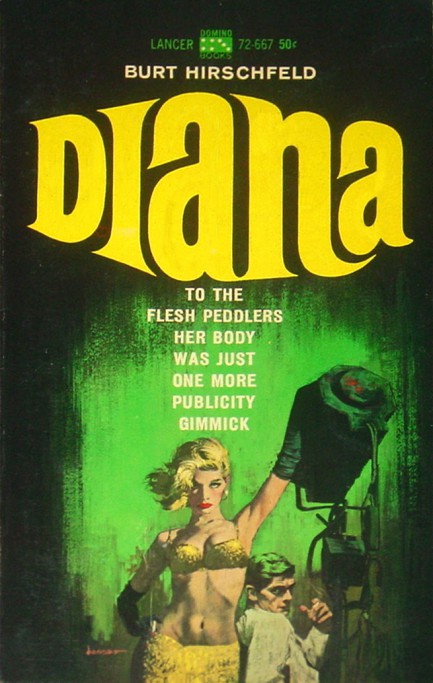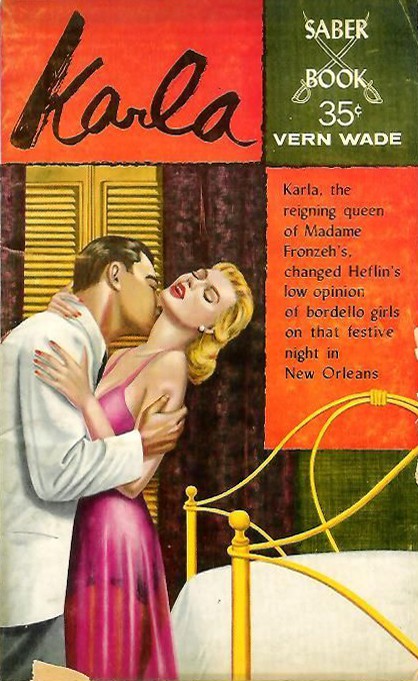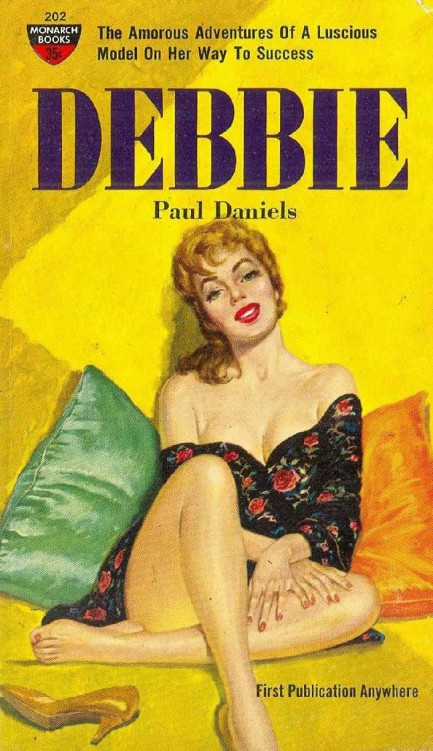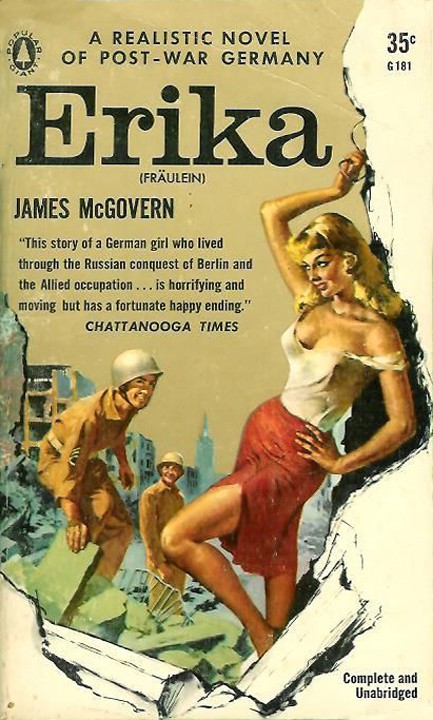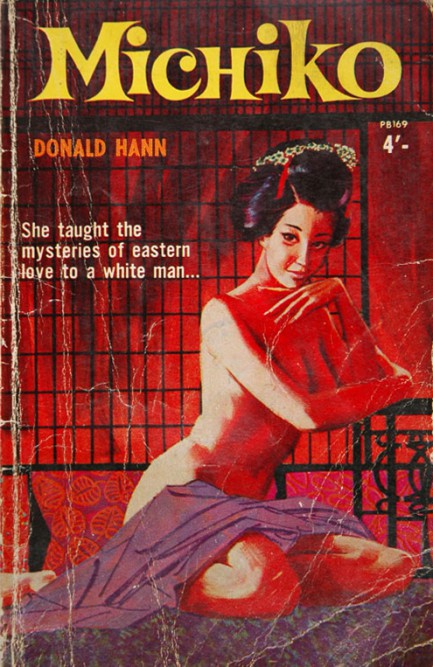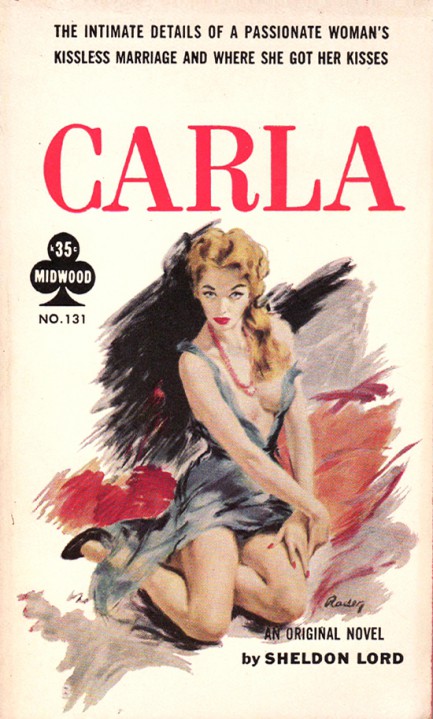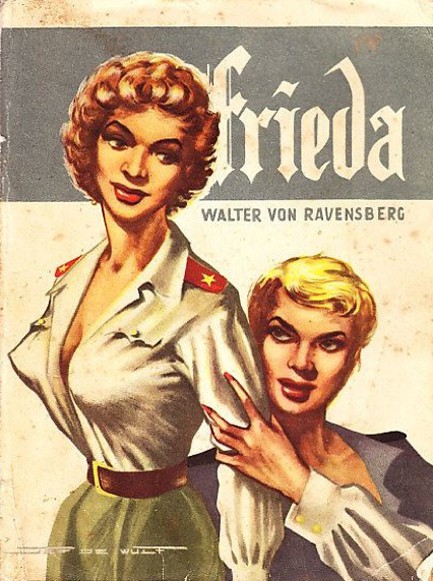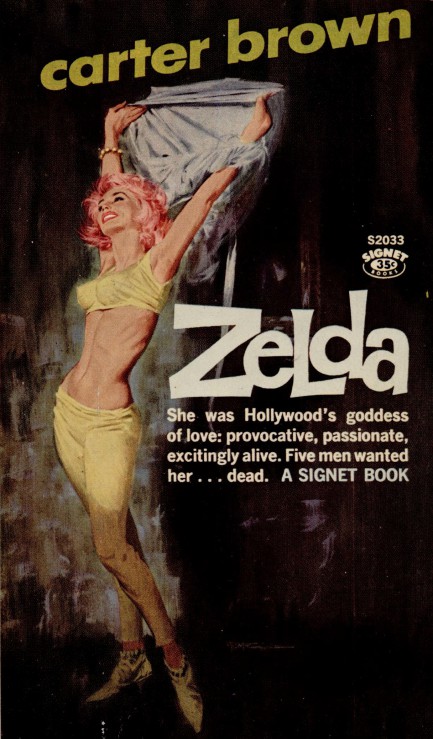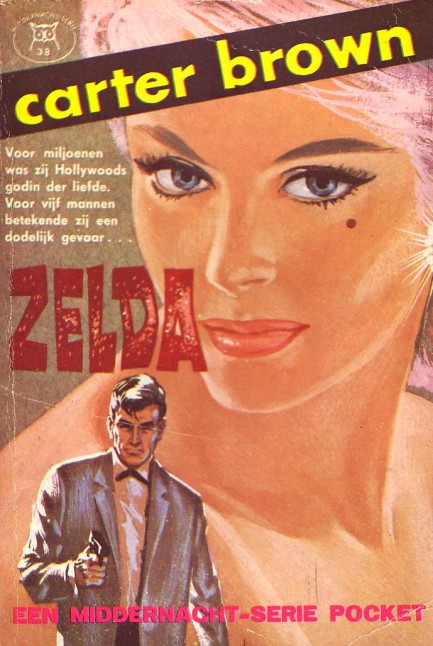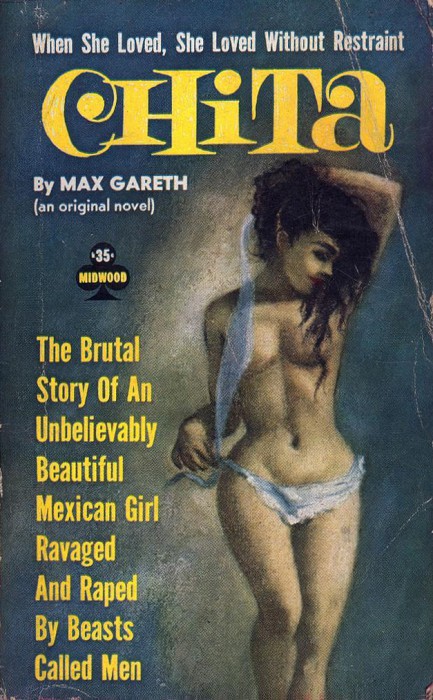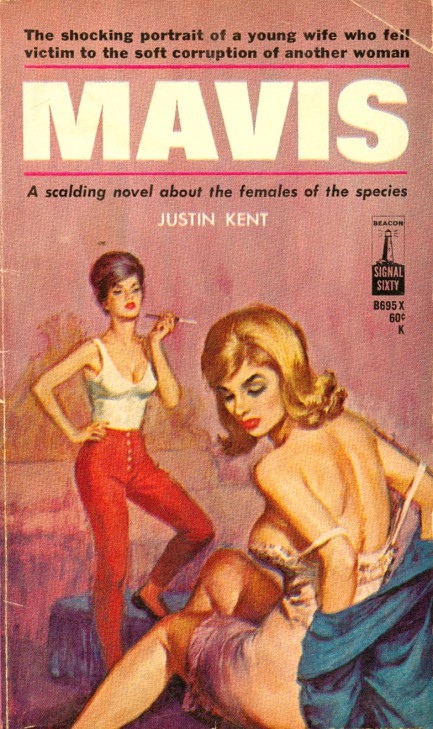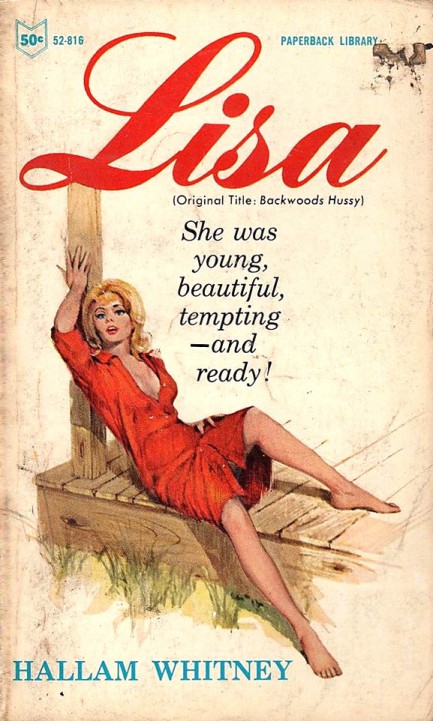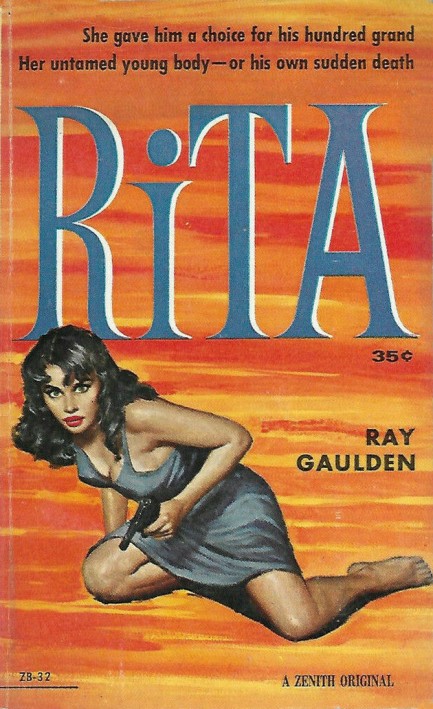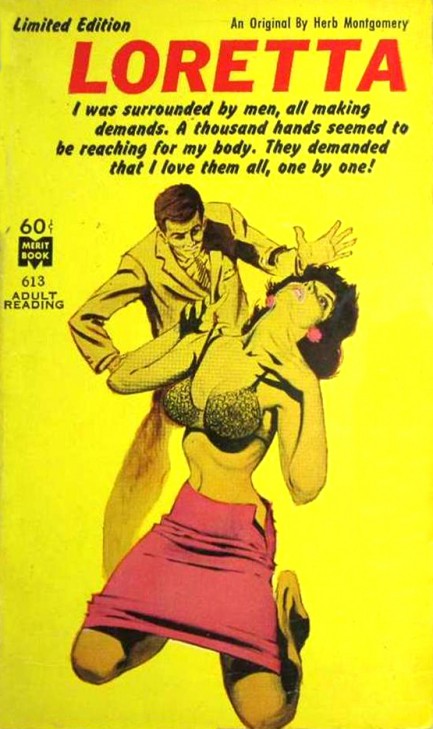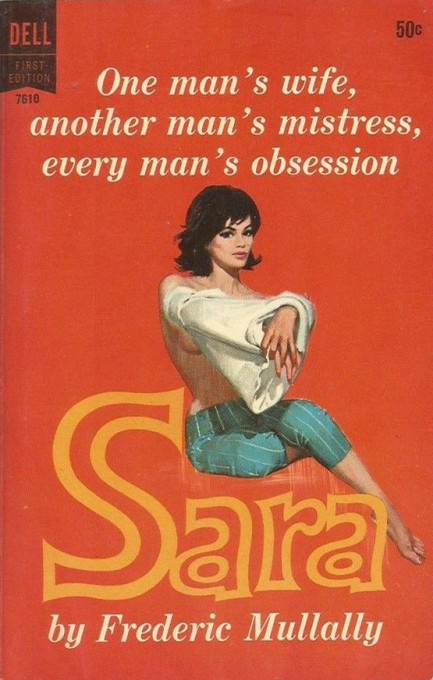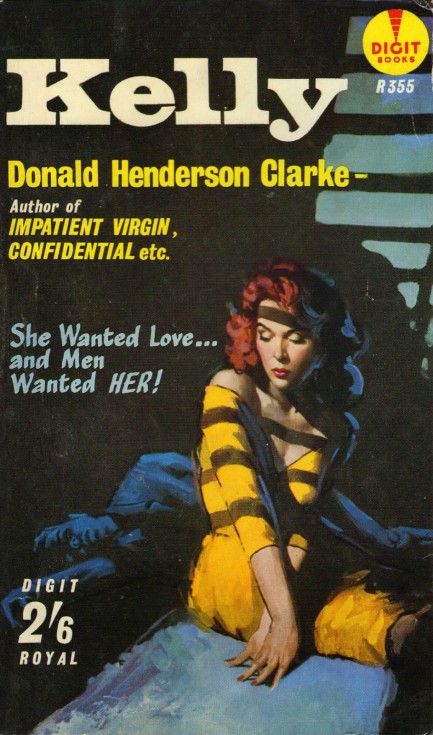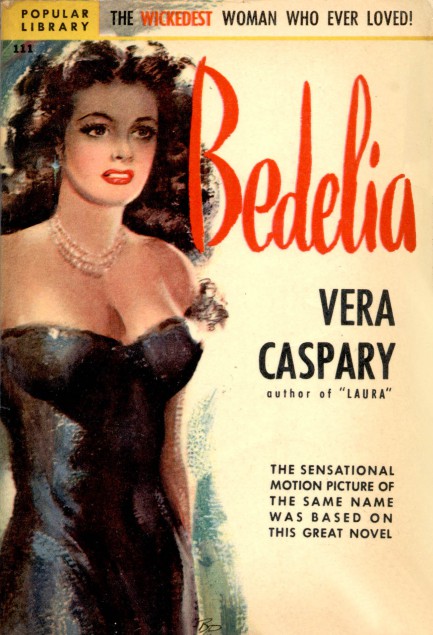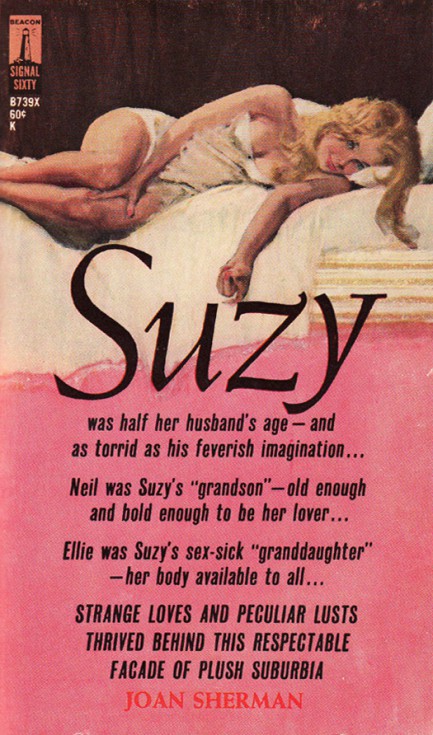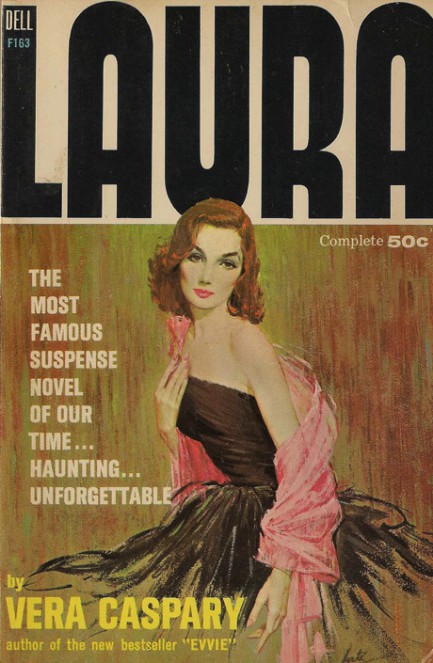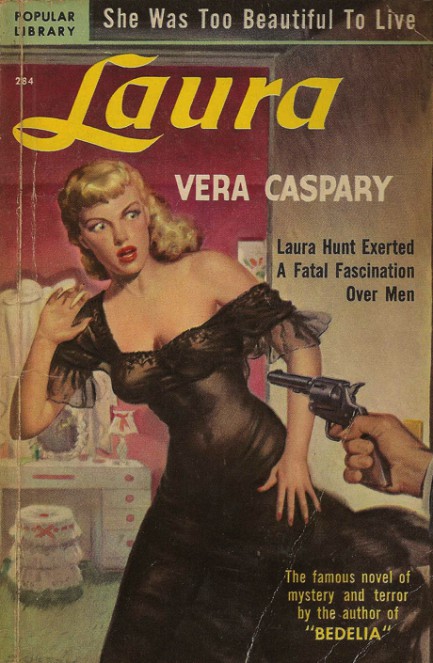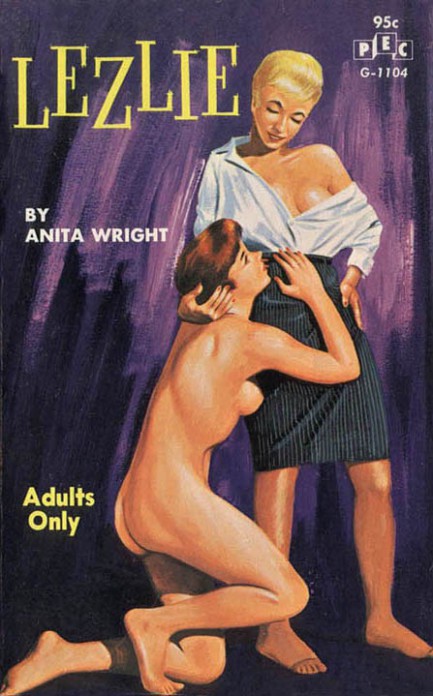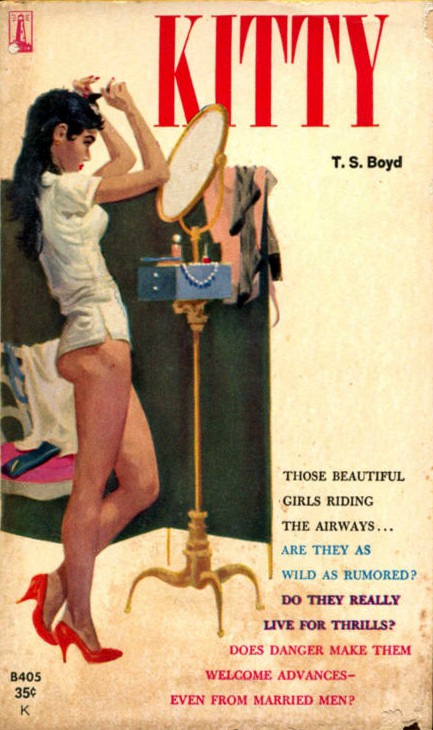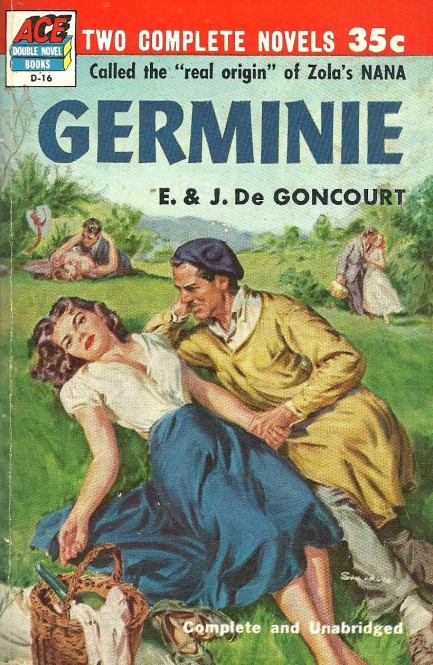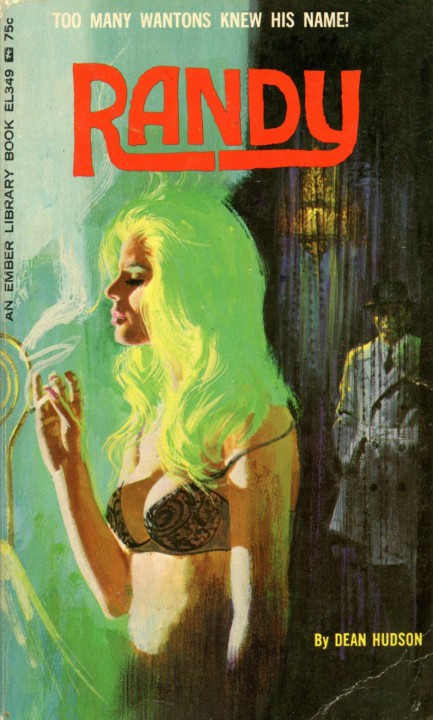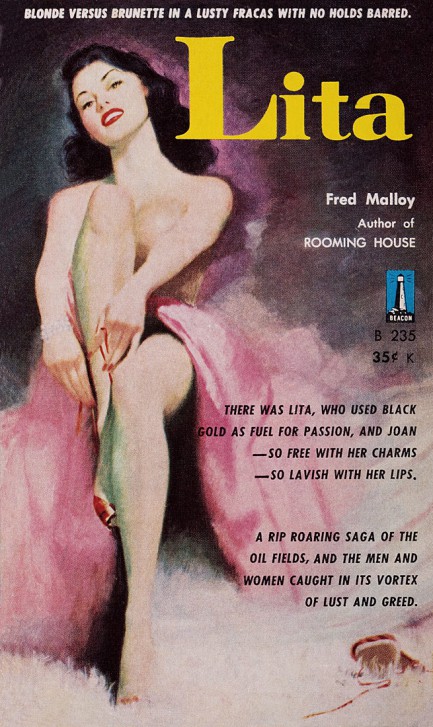| Vintage Pulp | Oct 4 2015 |

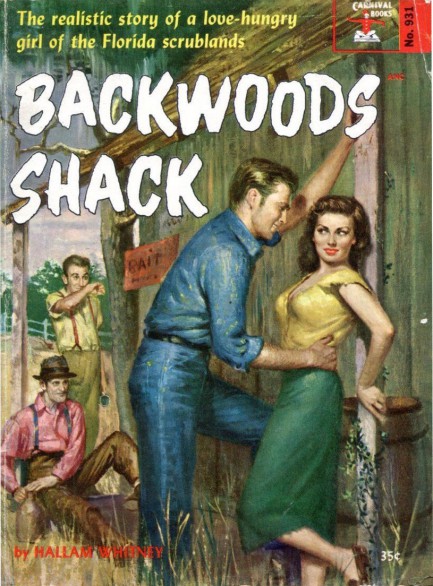
More hicksploitation from Hallam Whitney, aka Harry Whittington—Backwoods Shack, for Carnival Books, digest format with great cover art by Rudy Nappi. A love triangle in the Florida outback is centered on hot-to-trot “backwoods trash” Lora and her two suitors, uptight Roger and proudly countrified Cliff. 1954 copyright.
| Vintage Pulp | Jun 20 2015 |

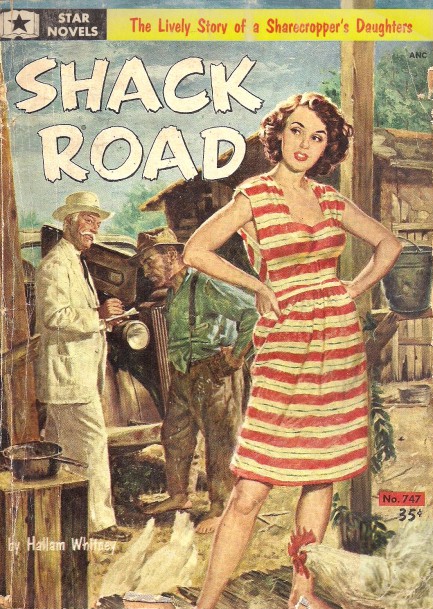
Above, a truly excellent Rudolph Belarski cover for Shack Road by Hallam Whitney, aka Harry Whittington, for NYC-based digest publisher Star Novels. What you get here is a hayseed sharecropper named Juba who is surrounded by highly sexual hayseed women, including a soon-to-be runaway daughter, a wife that draws men like flies, and a mother-in-law only fifteen years older than Juba’s wife and who was once the fastest girl around. Juba owned a car once, but sold it twenty-six years ago to pay maternity ward bills. He finds another one by the side of the road and decides to hitch his mule to it, pull it home, and get it running. If he can manage it life will be sweet again, but complications, of course, arise. Simple people and countrified prose, in a book that was part of a popular sub-genre of mid-century hick novels.
| Vintage Pulp | Jan 22 2015 |

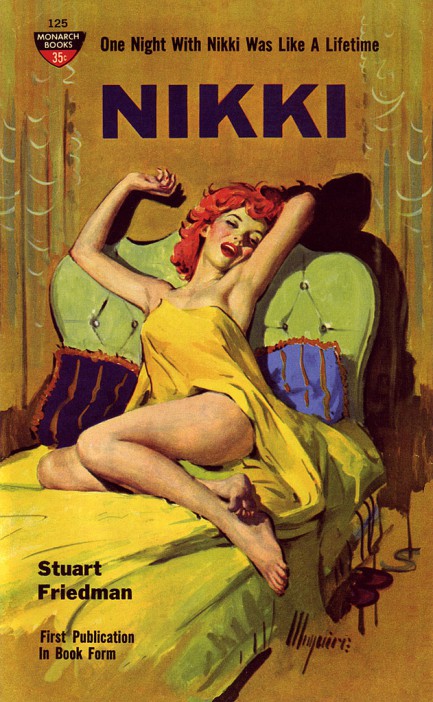
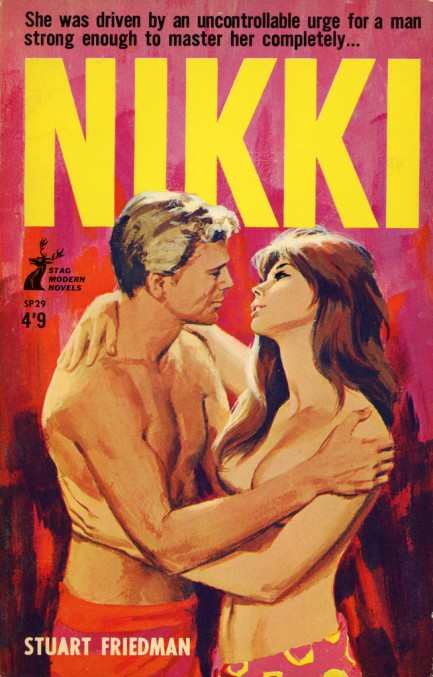
Above and below you will find a large collection of pulp, post-pulp, and sleaze paperback fronts that have as their titles a character’s first name. There are hundreds of examples of these but we stopped at thirty-two. The collection really highlights, more than others we’ve put together, how rarely vintage paperback art focuses on male characters. The prose is virtually all male-centered and male-driven, of course, but because the mid-century paperback market was male-driven too, that meant putting women on the covers to attract the male eye. We tell our girlfriends this all the time, but they still think we just don’t bother looking for male-oriented vintage art. But we do. For this collection we found two novels that have male characters’ names as their titles, and we looked pretty hard. If we had to guess, we’d say less than 5% of all pulp art is male-oriented. In any case, the illustrations come from the usual suspects—Barye Phillips, Robert McGinnis, Jef de Wulf, Paul Rader, et al., plus less recognized artists like Doug Weaver. Thanks to all the original uploaders for these.